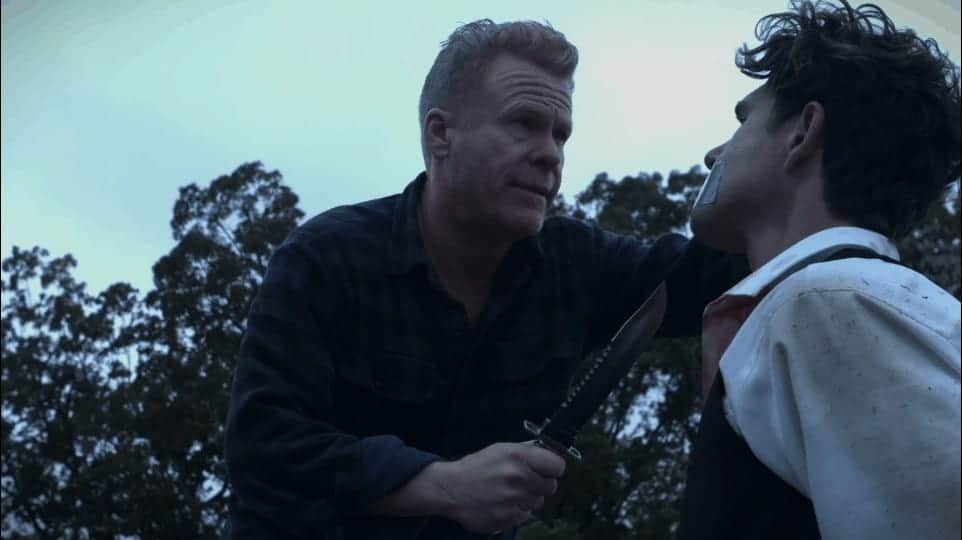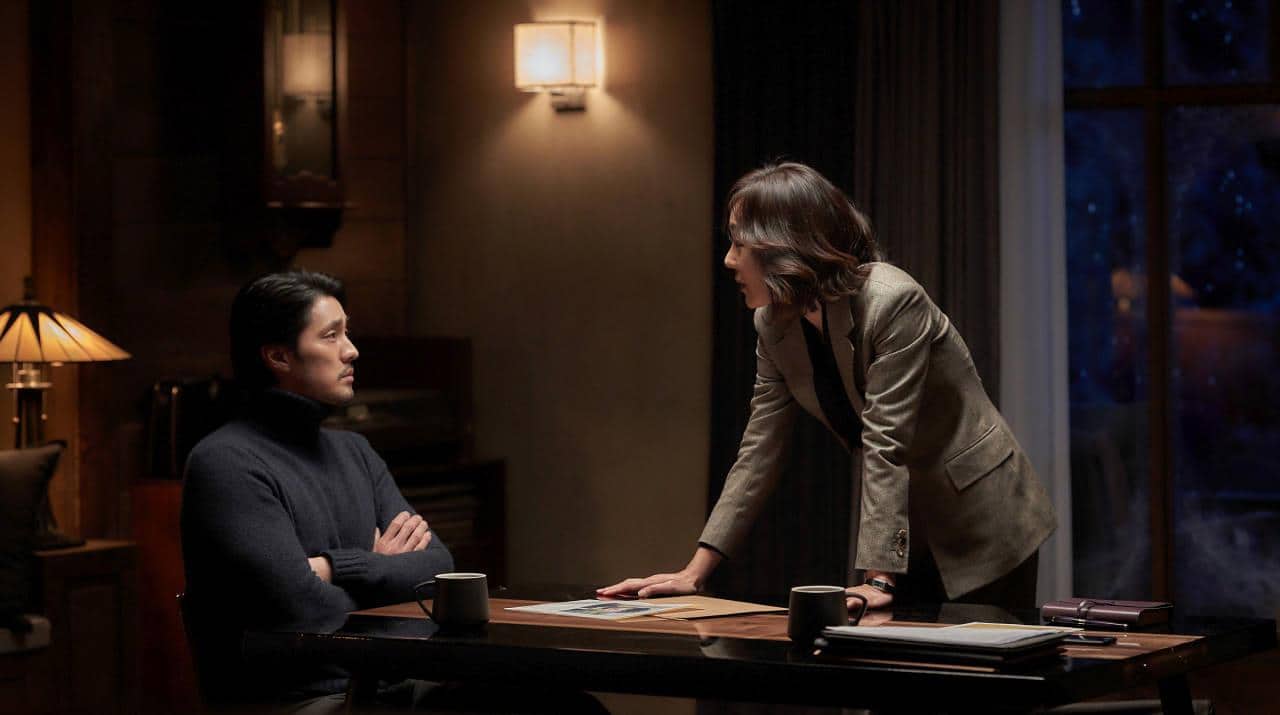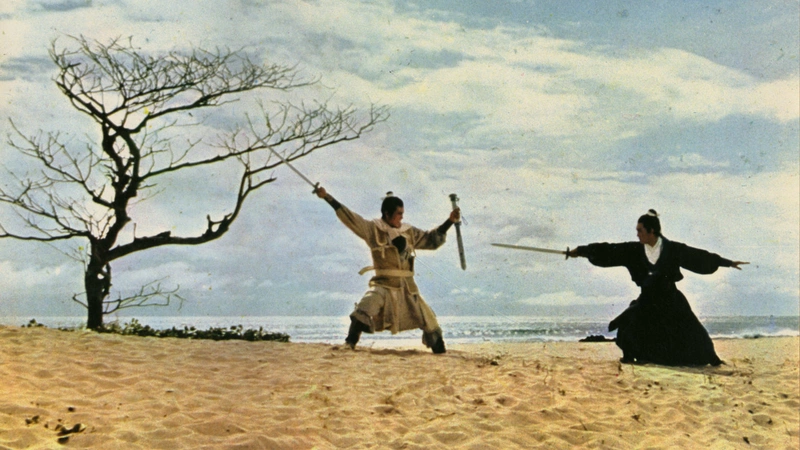“Juvenile” marks the directorial debut of Takashi Yamazaki, one of Japan's most popular filmmakers working today. While lacking originality, it's charm makes for a commendable first effort. The project was conceived by Shirogumi, an animation and visual effects studio Yamazaki had worked for since 1986 and continues to collaborate with. Written and directed by him, it is his first collaboration with the visual effects company Robot Communications, who, like Shirogumi, he continues to work with frequently. While fairly obscure overseas, the feature was a hit for its native release and international premiere at the Gifoni Film Festival in Italy. The robot that appears in it, Tetra, has remained fairly popular in Japanese pop culture.
During the summer of 2000 in Japan, Yusuke and his friends encounter a peculiar finding in the woods while on a camping trip. They meet a small, friendly robot named Tetra sent from the future to help protect humanity from an approaching alien invasion. As their new mechanical friend gradually builds a weapon to fight off this incoming danger, the children seek whatever resources they can to help Tetra, including the support of an electronic shop owner named Soichiro Kanzaki.
The influence of American science fiction films, such as the works of Steven Spielberg and George Lucas, is clear as day. It may be overly apparent that it robs it of having much of its own identity. This aspect may sway some audiences away to instead seeking out the films that served as inspiration here, though “Juvenile” still has qualities that make for a worthwhile viewing. The film does a decent job of capturing childhood nostalgia while embracing the science fiction entertainment many children grew up watching in Japan. Takashi Yamazaki weaves together an engaging coming-of-age story primarily following the child characters and invoking a sense of imagination many kids partook in during the early years of their lives. It all feels genuine and is certainly helped by the performances.
Check also this interview
The weakest part of the plot comes with the aliens, who are generic villains and, save for some initially interesting ideas introduced in the first act, these elements are quickly dropped. For the remainder of the feature, they are merely an obstacle for the kids to battle against. With a few rewrites, the invasion plot thread could have been written out entirely and solely focused on the story following the kids while keeping the time travel elements and the bond the leads form with Tetra.
Considering the period in which the production took place, the movie is a product of its time. An amusing example is the Sony product placement, with Yusuke owning a PlayStation 2, which Tetra incorporates into the robot suit featured later in the film. The name given to the mech suit “Gangelion” is a humorous play on the titles of popular animes “Mobile Suit Gundam” and “Neon Genesis Evangelion.” Plenty of other pop-culture references reflect what was then popular, the most blatant one being “Pokemon.”
While not complex, the characters are memorable and brought to life by some charismatic performances, and the actors nicely play off each other. Of the lead children, Yuya Endo and Anne Suzuki in particular, are very good in their respective roles as Yusuke Sakamoto and Misaki Kinoshita. The robot Tetra, who befriends Yusuke, is very likable, and their friendship is endearing. Megumi Hayashibara's voice work greatly sells the mechanical being's friendly nature. Hayashibara even makes an onscreen cameo as a female researcher at one point in the movie. Lastly, the electronic shop owner Soichiro makes for an amusing side character, greatly helped by Shingo Katori's charisma.
Generally, “Juvenile” is a competently made film and marks Takashi Yamazaki's first of many collaborations with cinematographer Kozo Shibasaki. The visual effects are a mixed bag. On the practical side, the animatronics used to bring Tetra to life are charming, further helped by a basic yet endearing design. There are also some impressive set pieces, such as the interior of the Gangelion robot. However, the CGI is rocky. The late 1990s and early 2000s were an experimental period for CGI in Japan, where the technology was not quite on par with that of a Hollywood picture. While ambitious attempts were made, the results are inconsistent, ranging from passable to poor-looking. It doesn't help that the designs of the aliens are bland and uninspired. Yet, Yamazaki would improve over time with computer-generated imagery. The music score by Yasuaki Shimizu is pleasant on the ears, and the end credits song “Juvenile Theme ~ Rainbow in the Eye” by Tatsuro Yamashita is a nice tune.
While familiar in many aspects, “Juvenile” is an entertaining family film that captures old-school sci-fi charm while invoking feelings of childhood nostalgia. Helping in selling the experience are the performances. If anything, it teases what Takashi Yamazaki was to offer as director in the future.
















